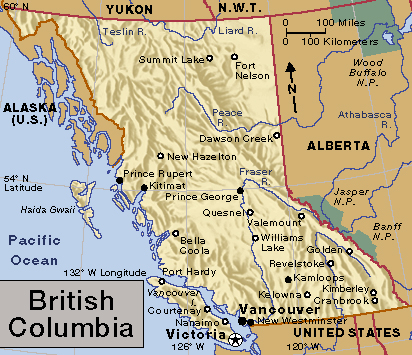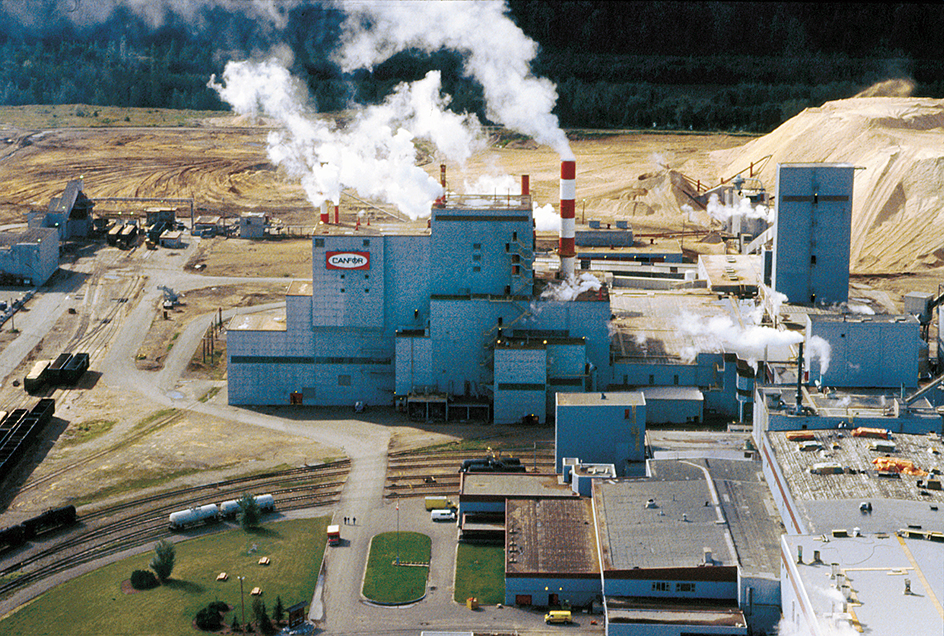Prince George (pop. 76,708) is an industrial city in the Canadian province of British Columbia. The city lies near the center of British Columbia, at the junction of the Fraser and Nechako rivers. The leading industries in the city manufacture chemicals, lumber products, petroleum products, and pulp and paper. Mines in the area produce coal, copper, and molybdenum. The main campuses of the College of New Caledonia, a community college, and the University of Northern British Columbia are in Prince George. The city has a teaching hospital and is a regional center for health care. Prince George is also a transportation center. It serves as a railroad hub and has locomotive repair facilities.

Carrier First Nations (Native American) people lived in the area of Prince George before white settlers arrived in the early 1800’s. Simon Fraser, who worked for the North West Company, a fur-trading firm, established a trading post there in 1807. He named it Fort George after King George III of England.

Fort George grew quickly after the Grand Trunk Pacific Railway began to serve the area in 1914. It was renamed Prince George and incorporated in 1915. Prince George grew rapidly during the 1960’s, when three pulp mills opened in the area. The city has an elected city council, which includes a mayor. The council determines city policy, which is administered by the city manager and staff.
